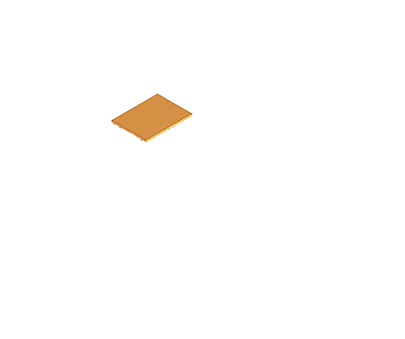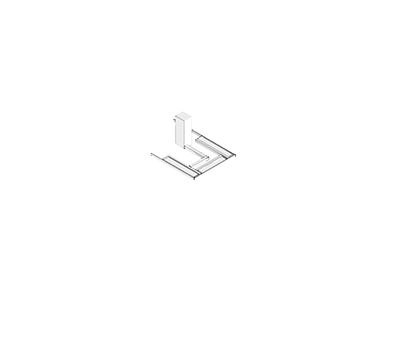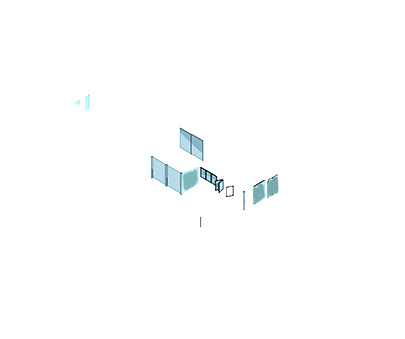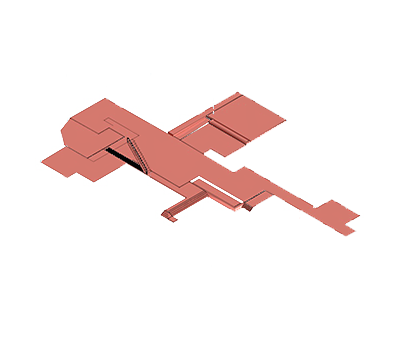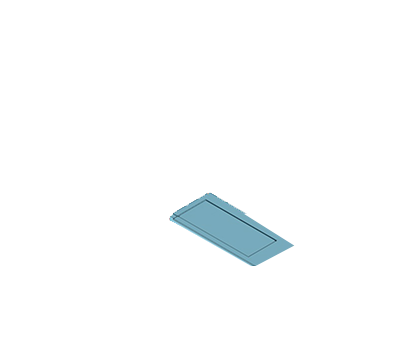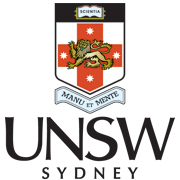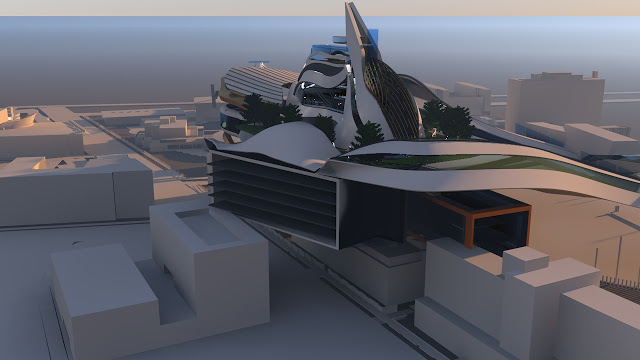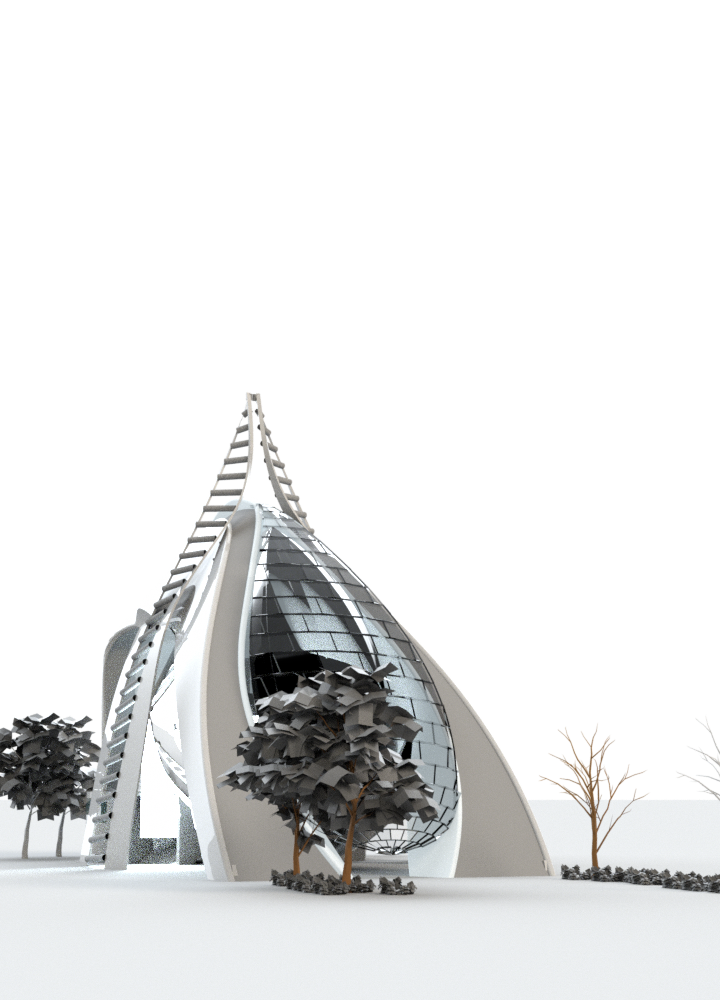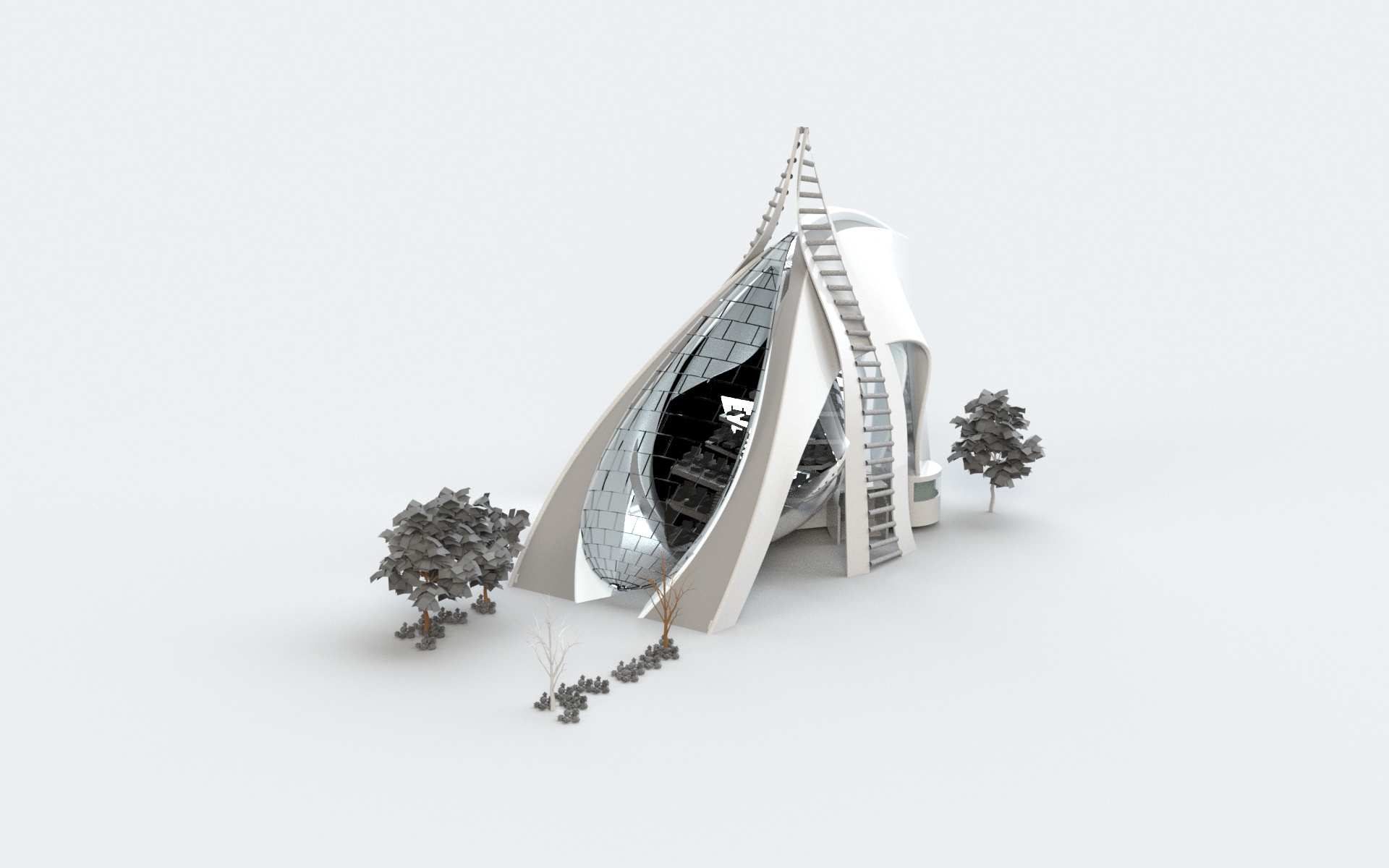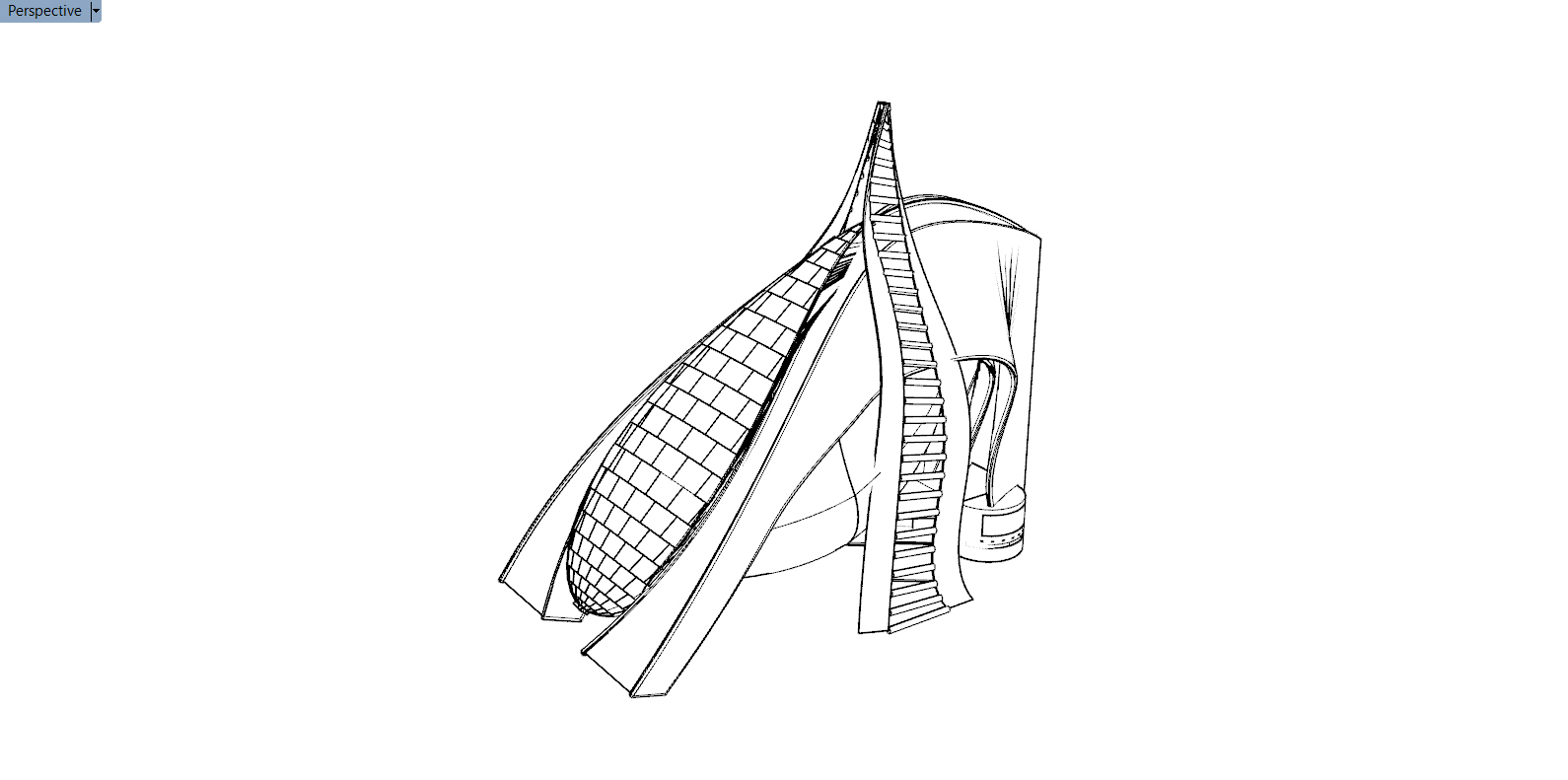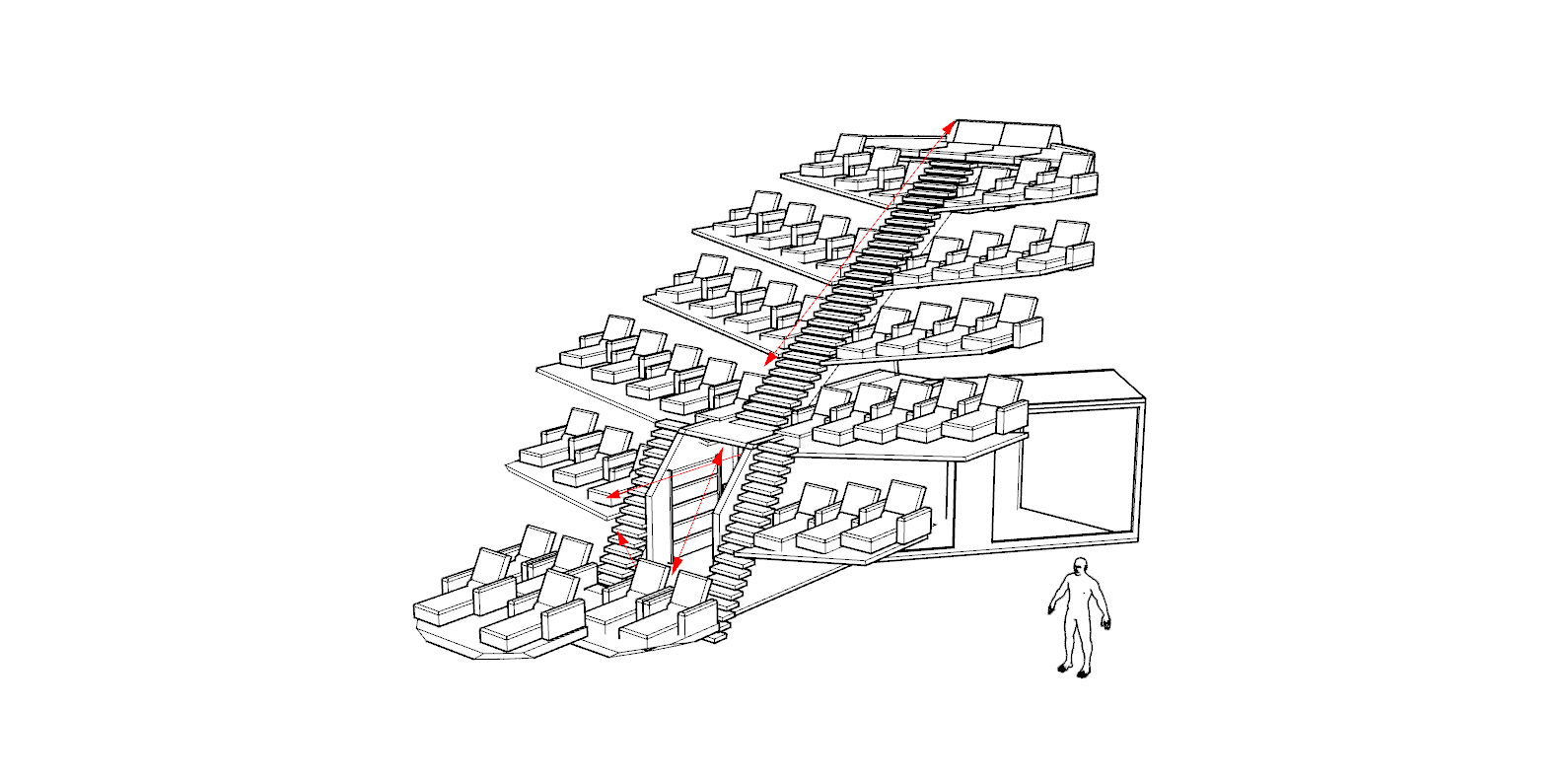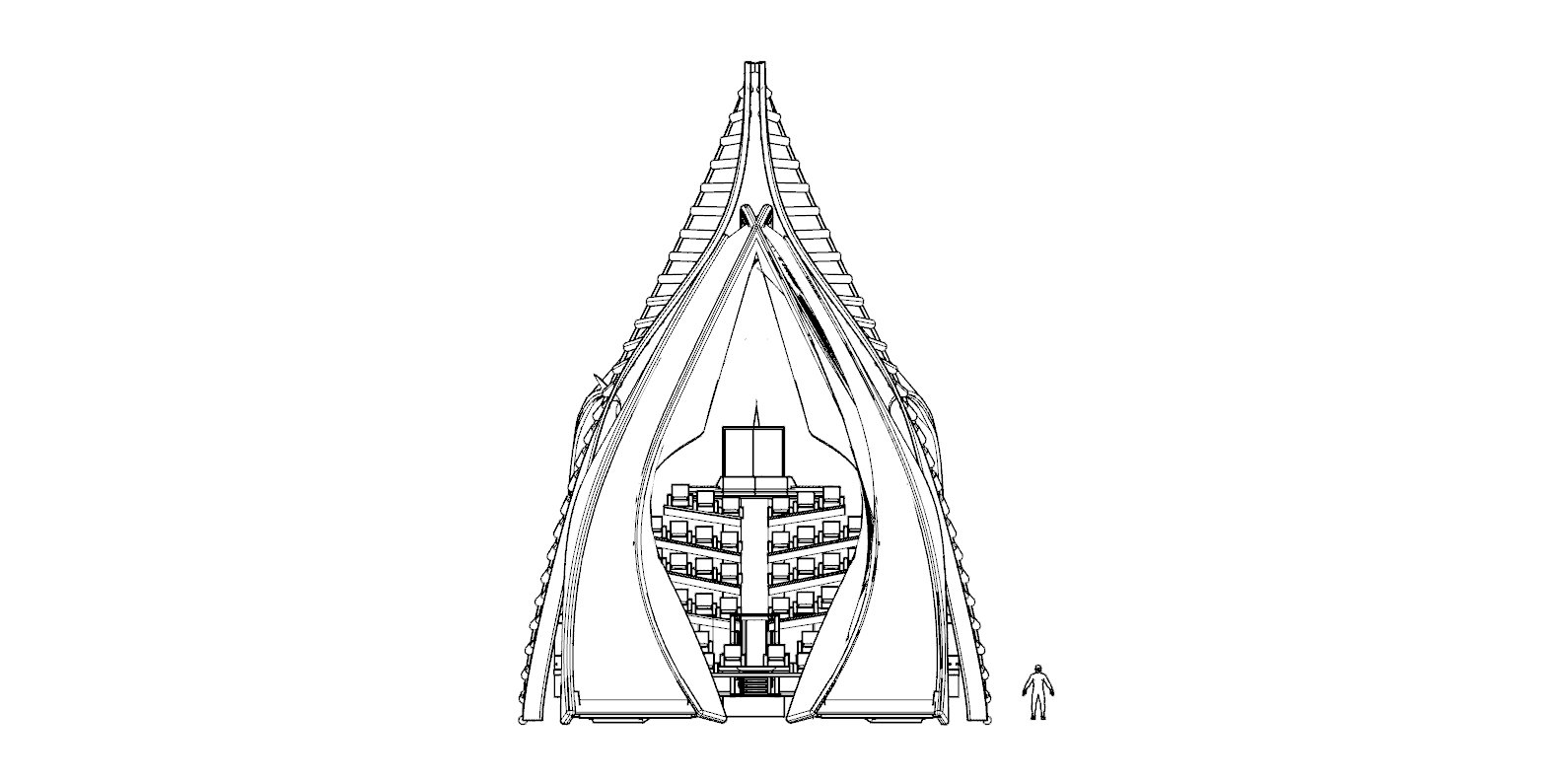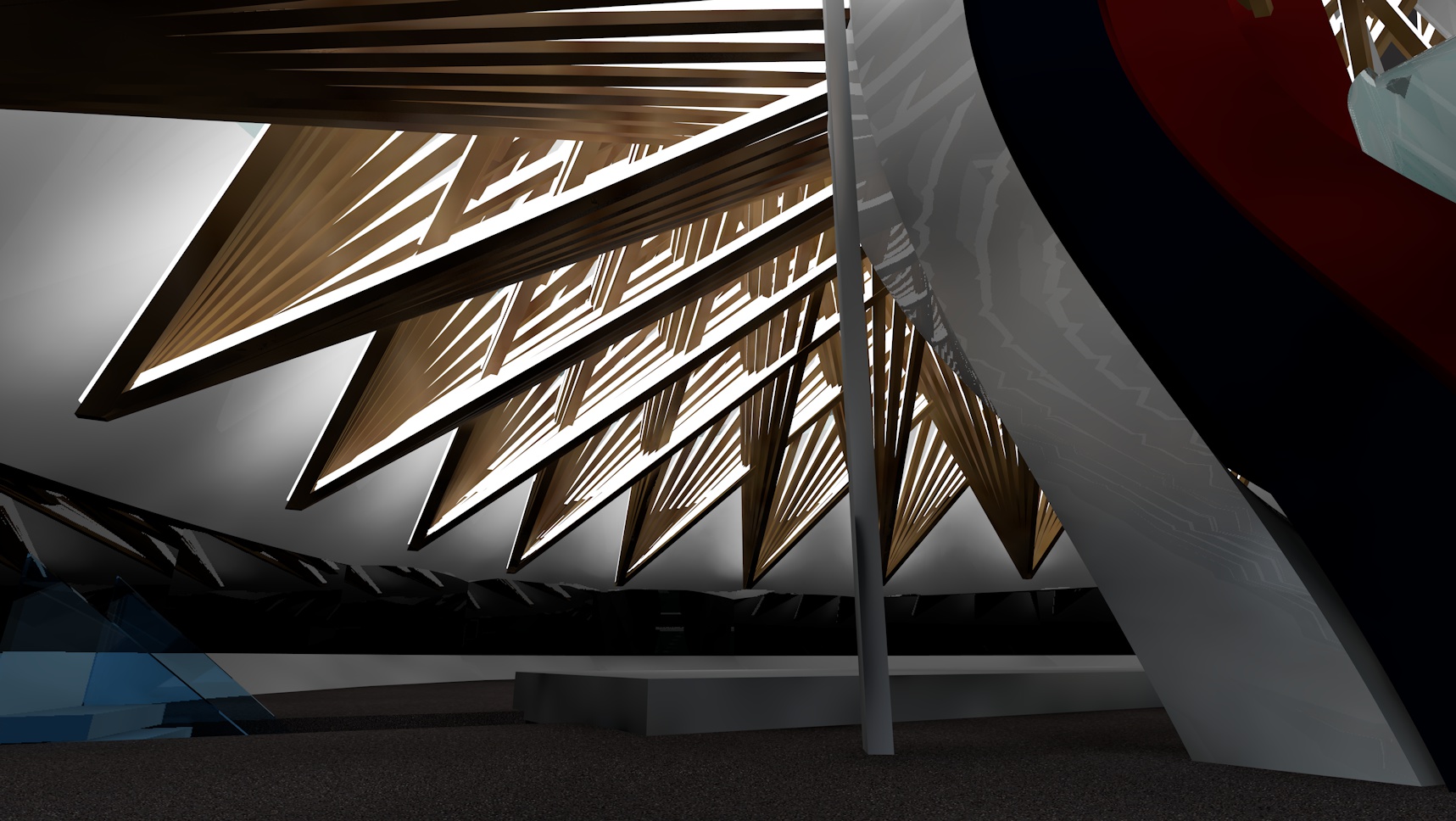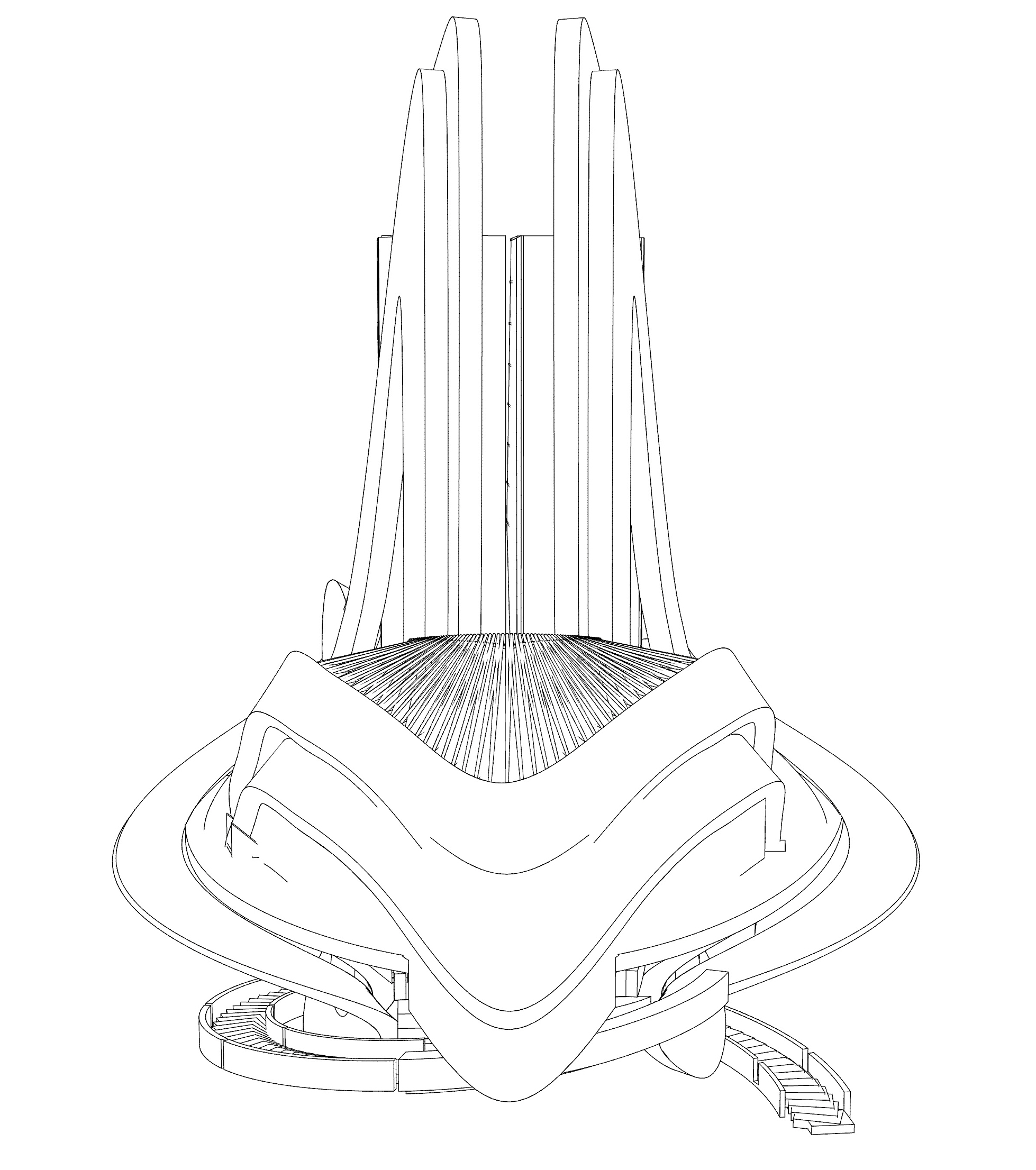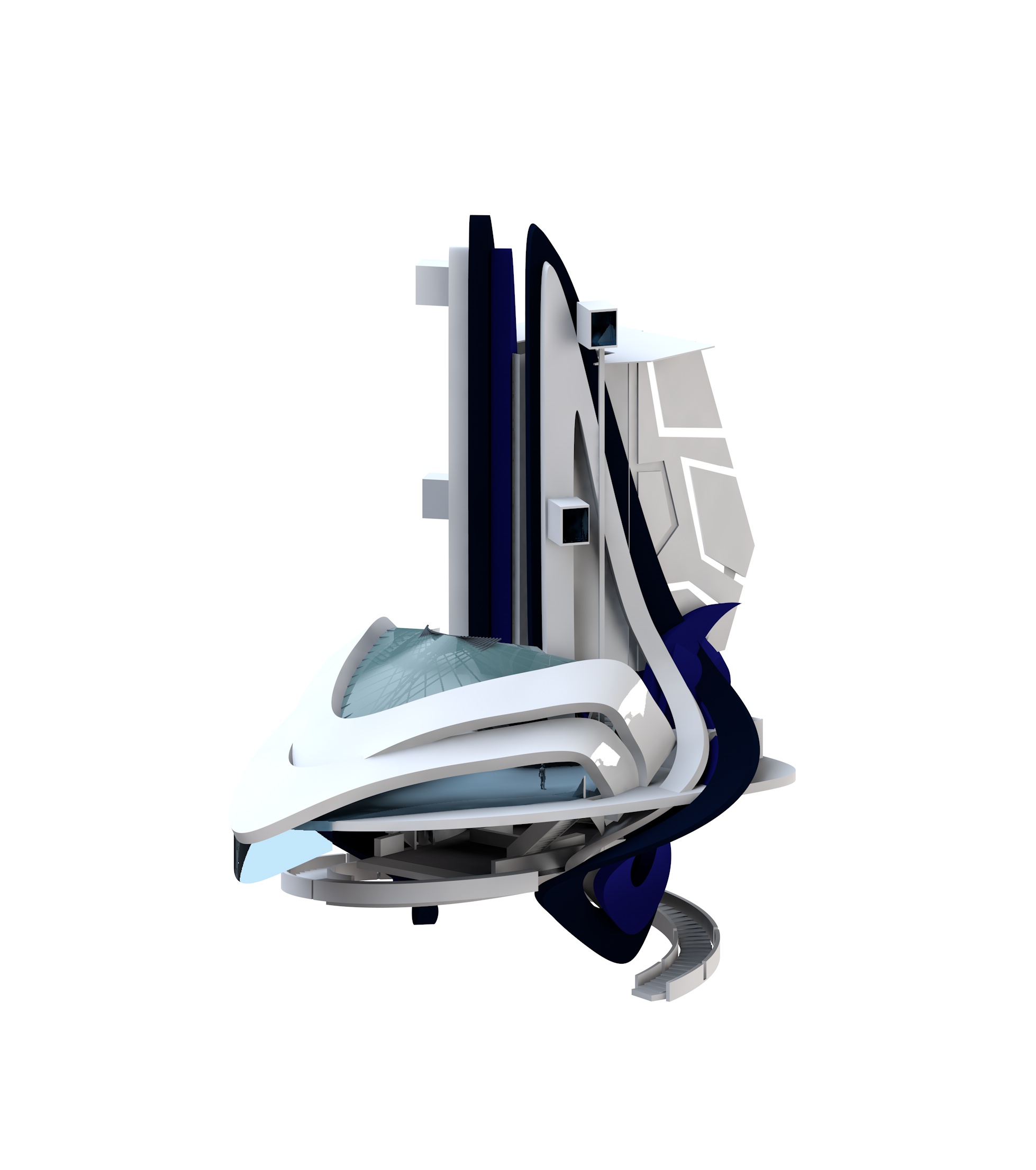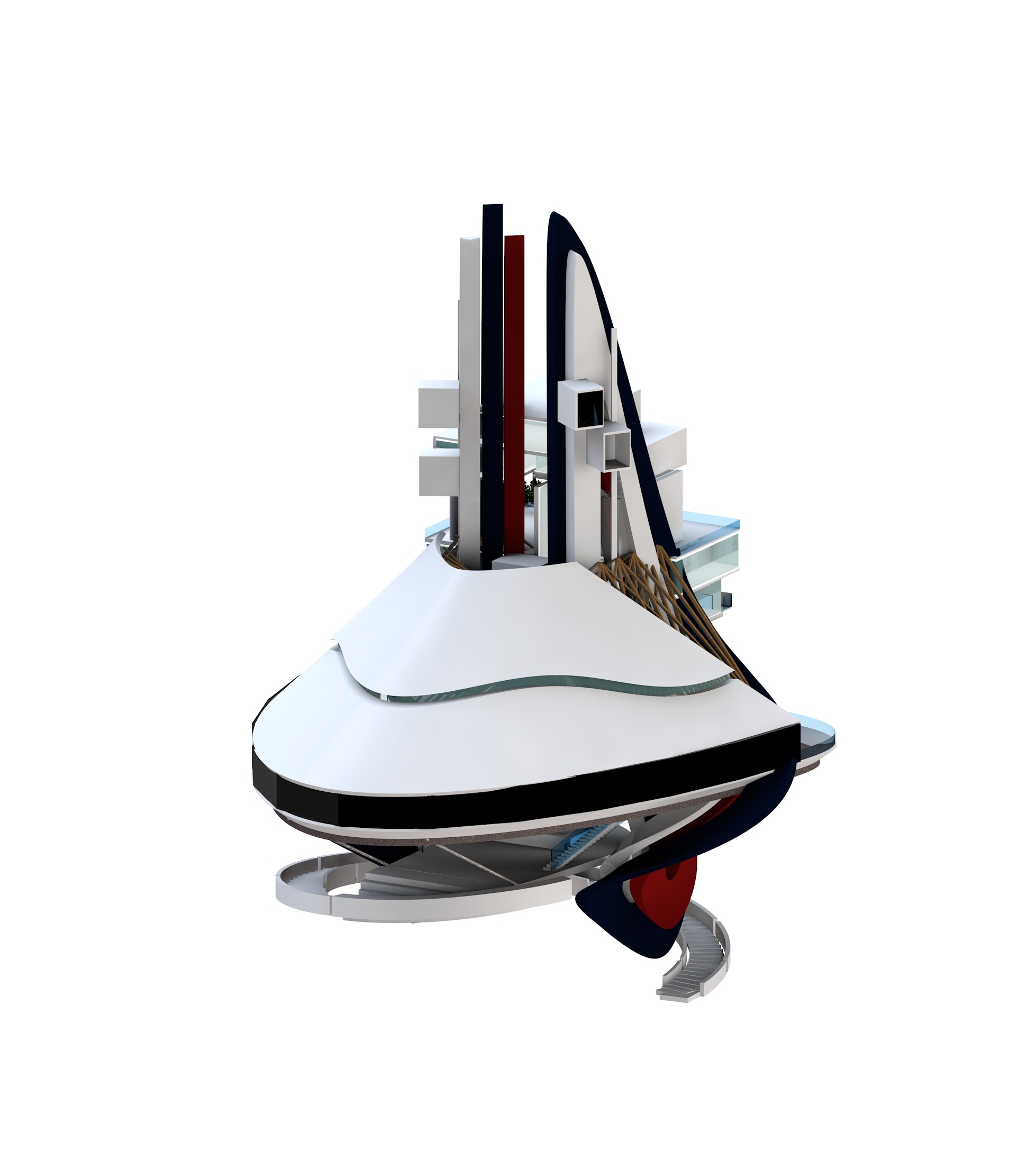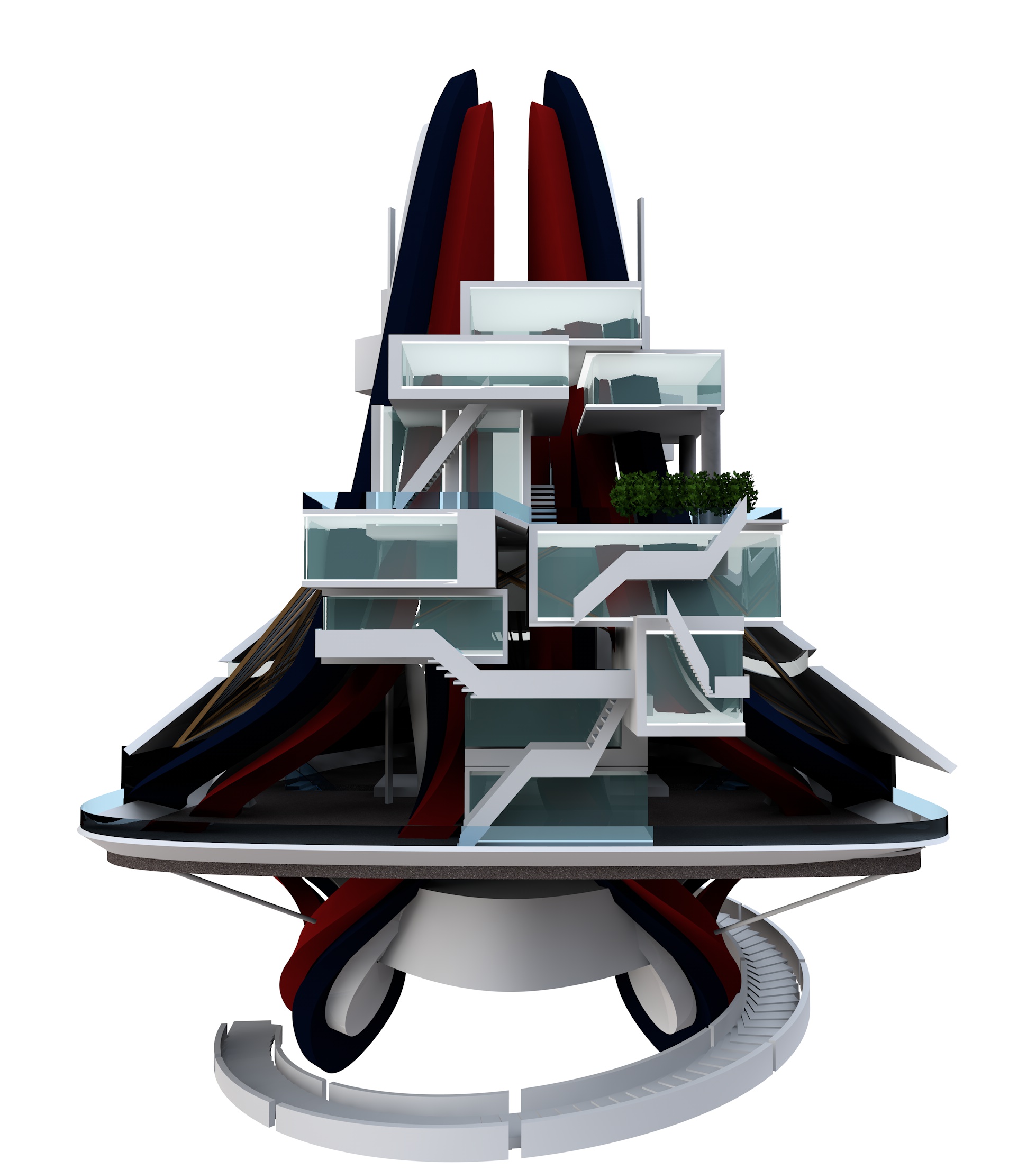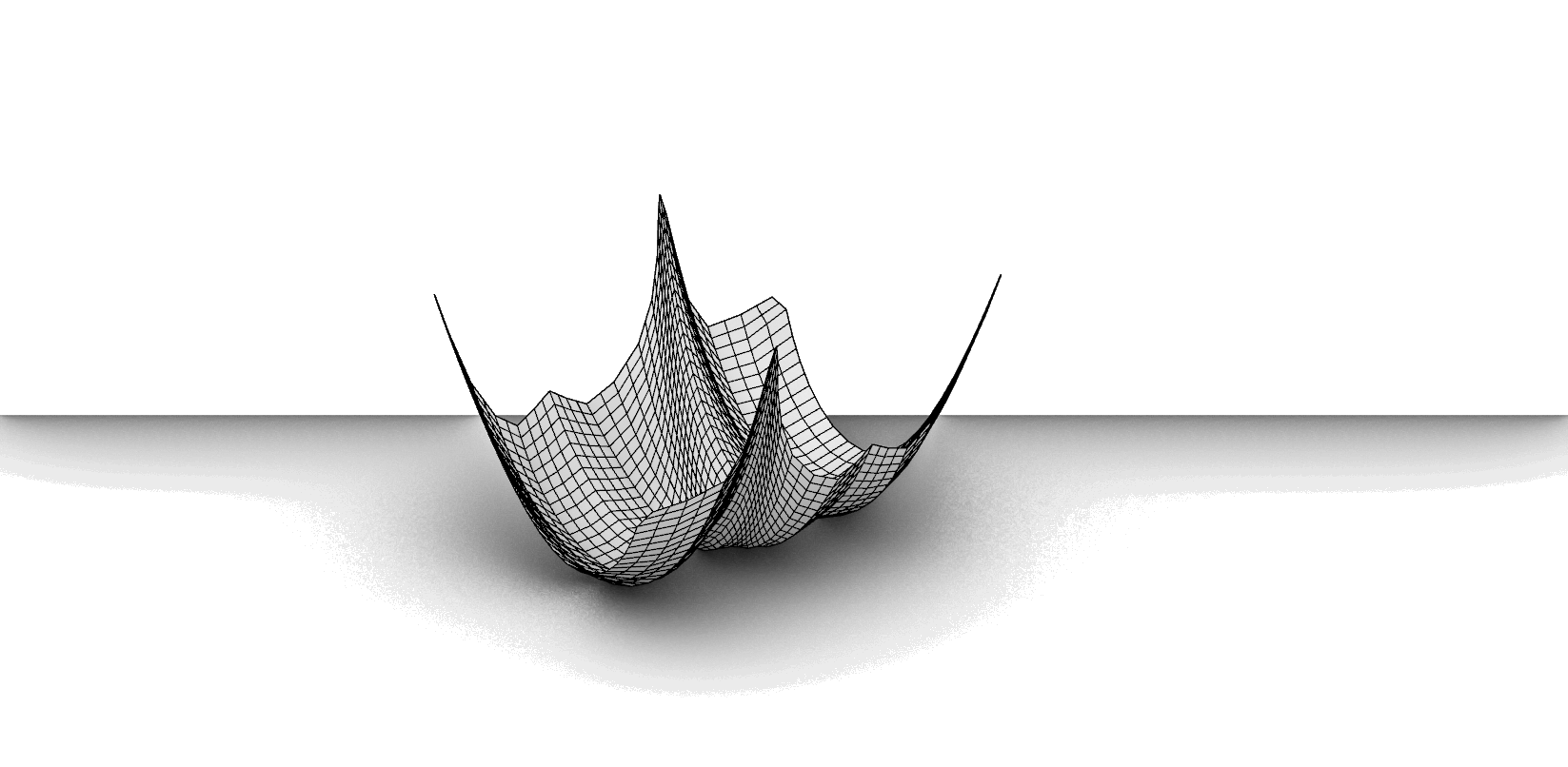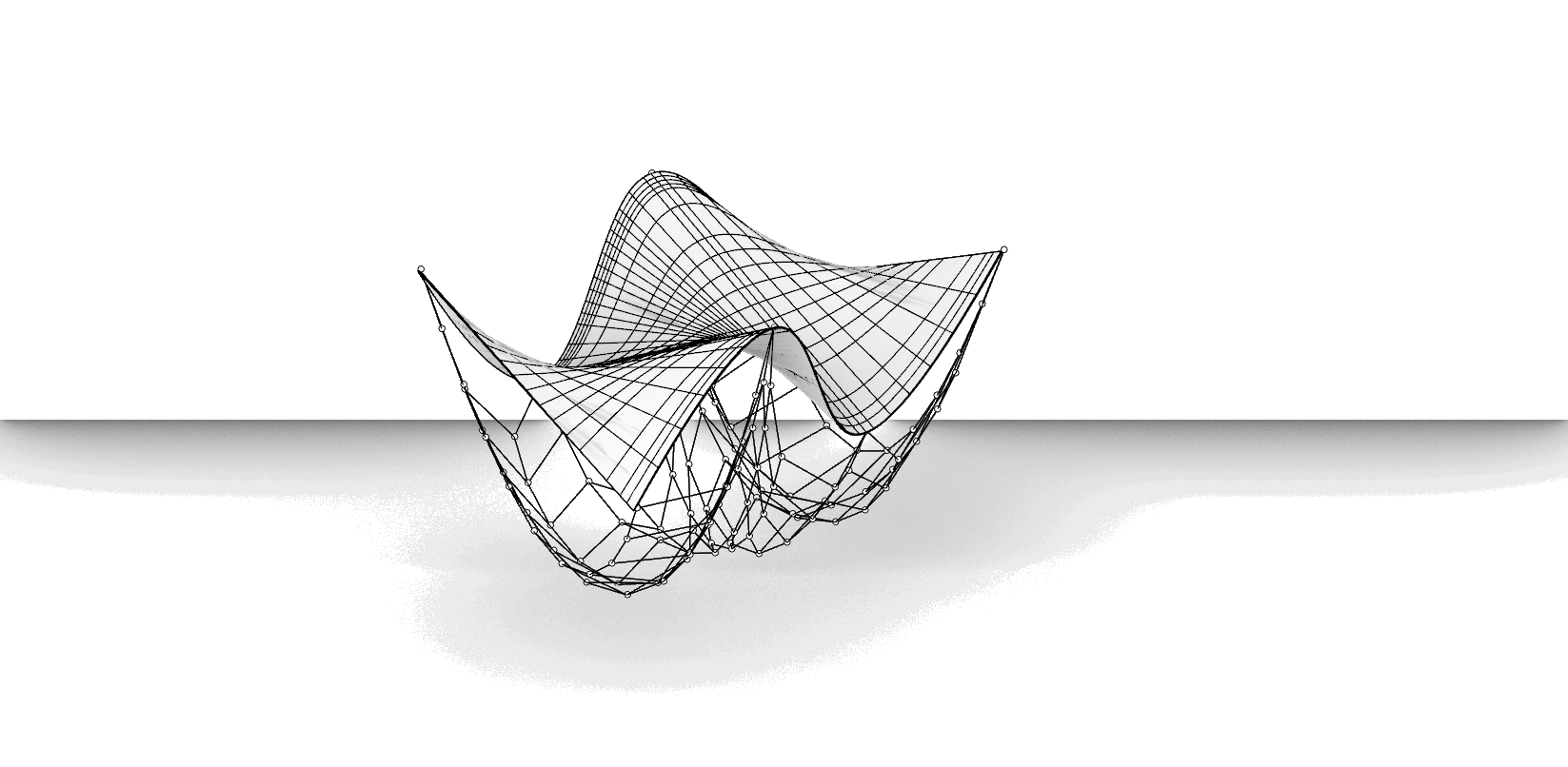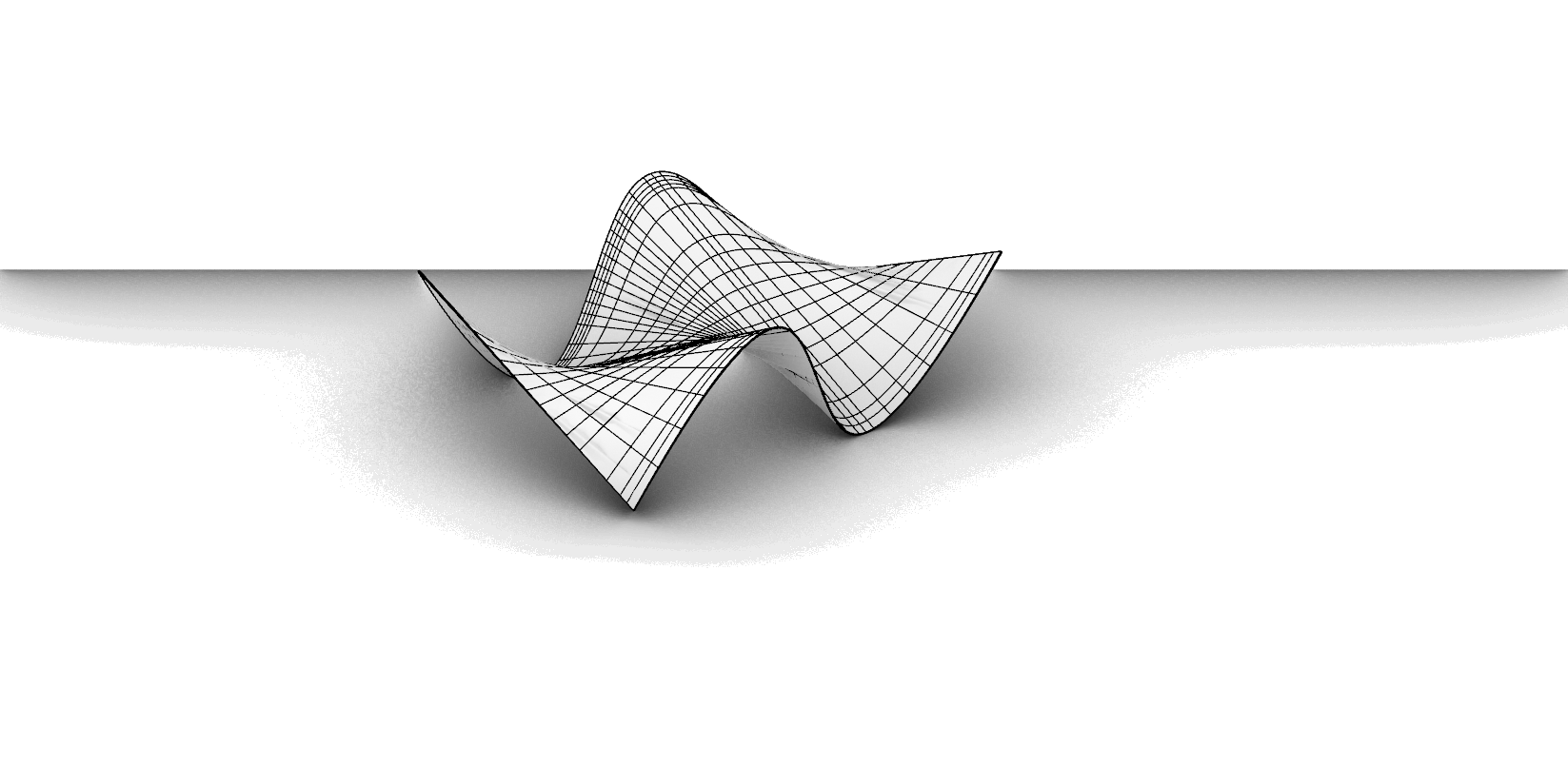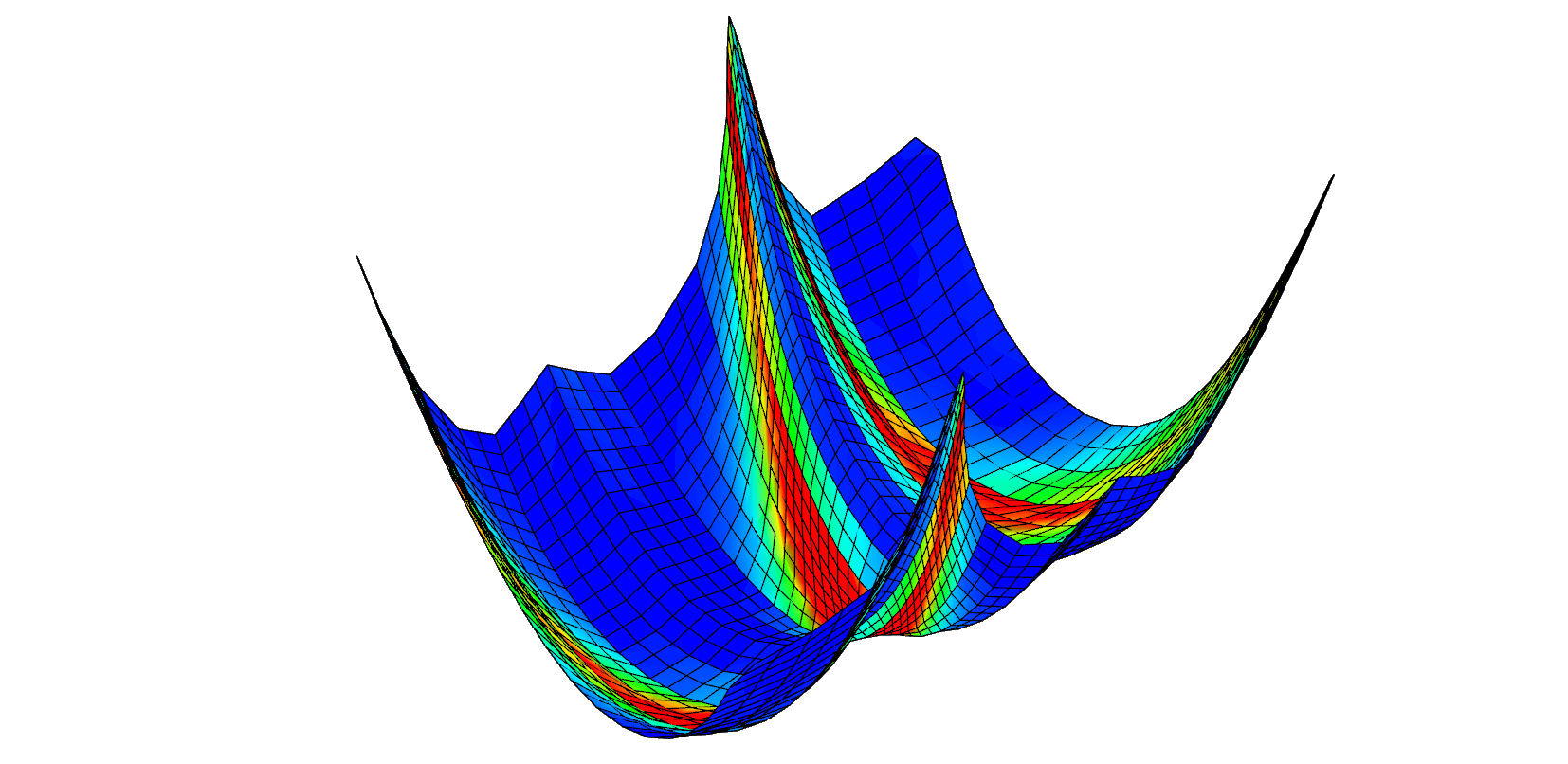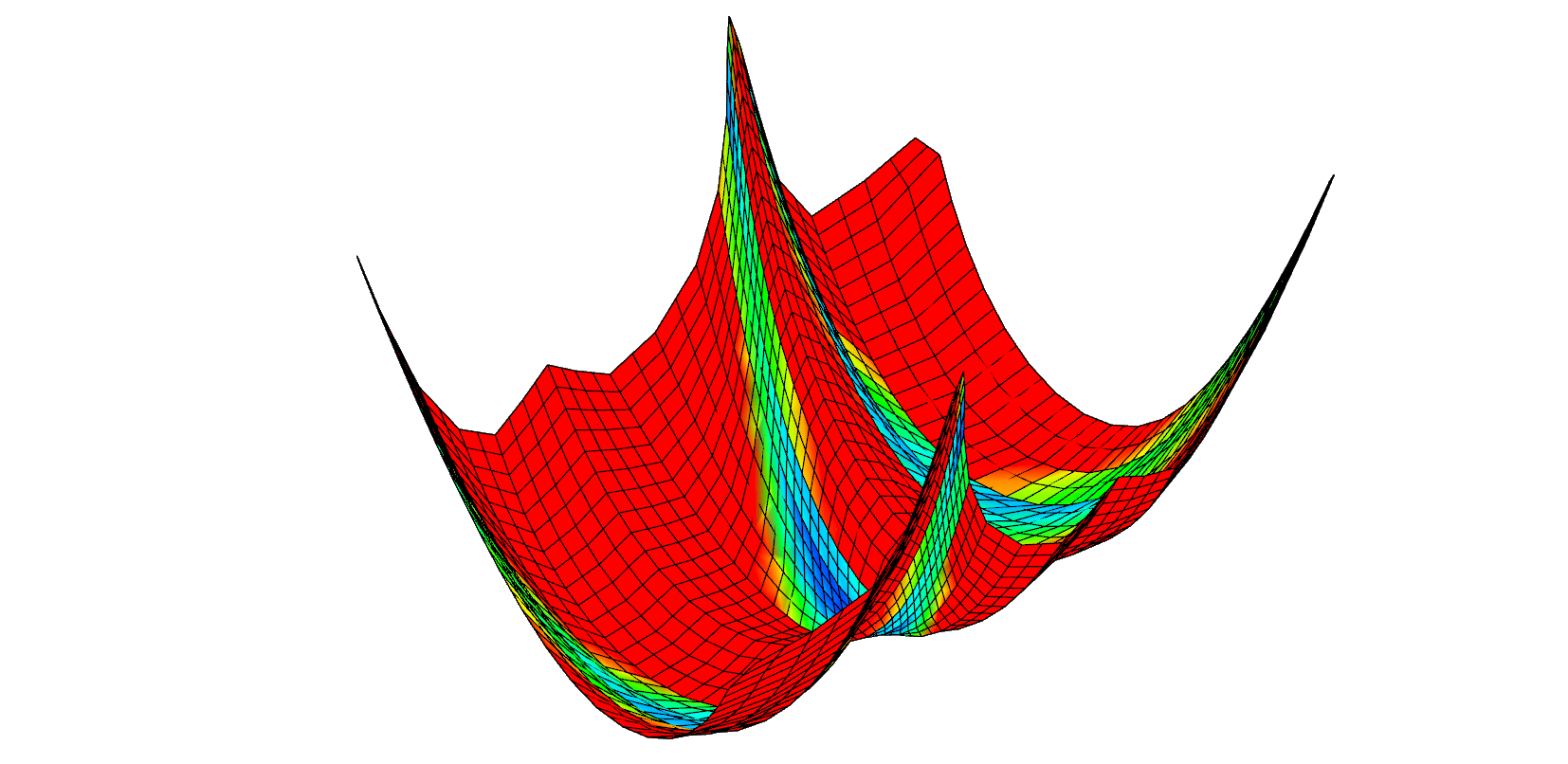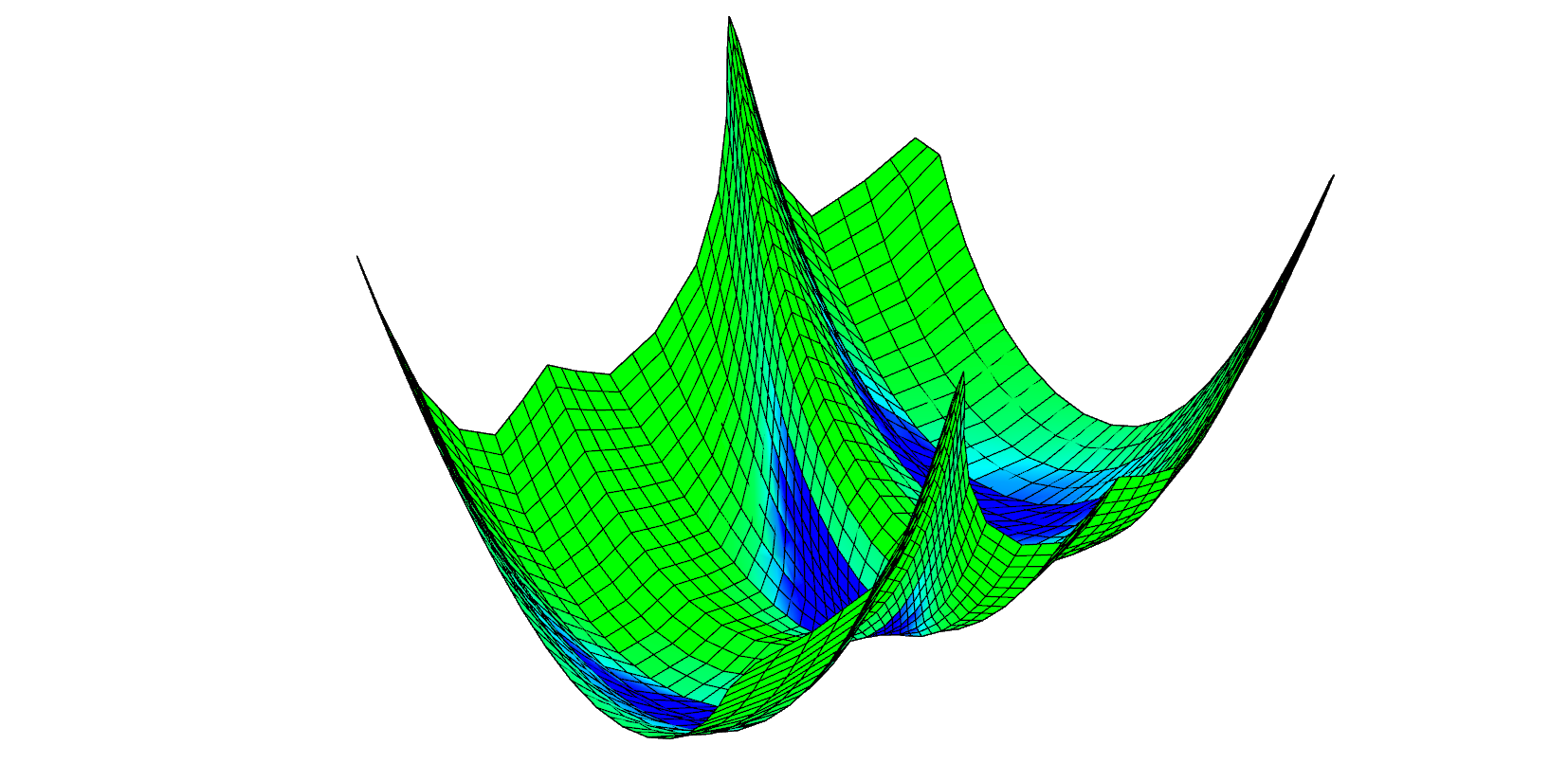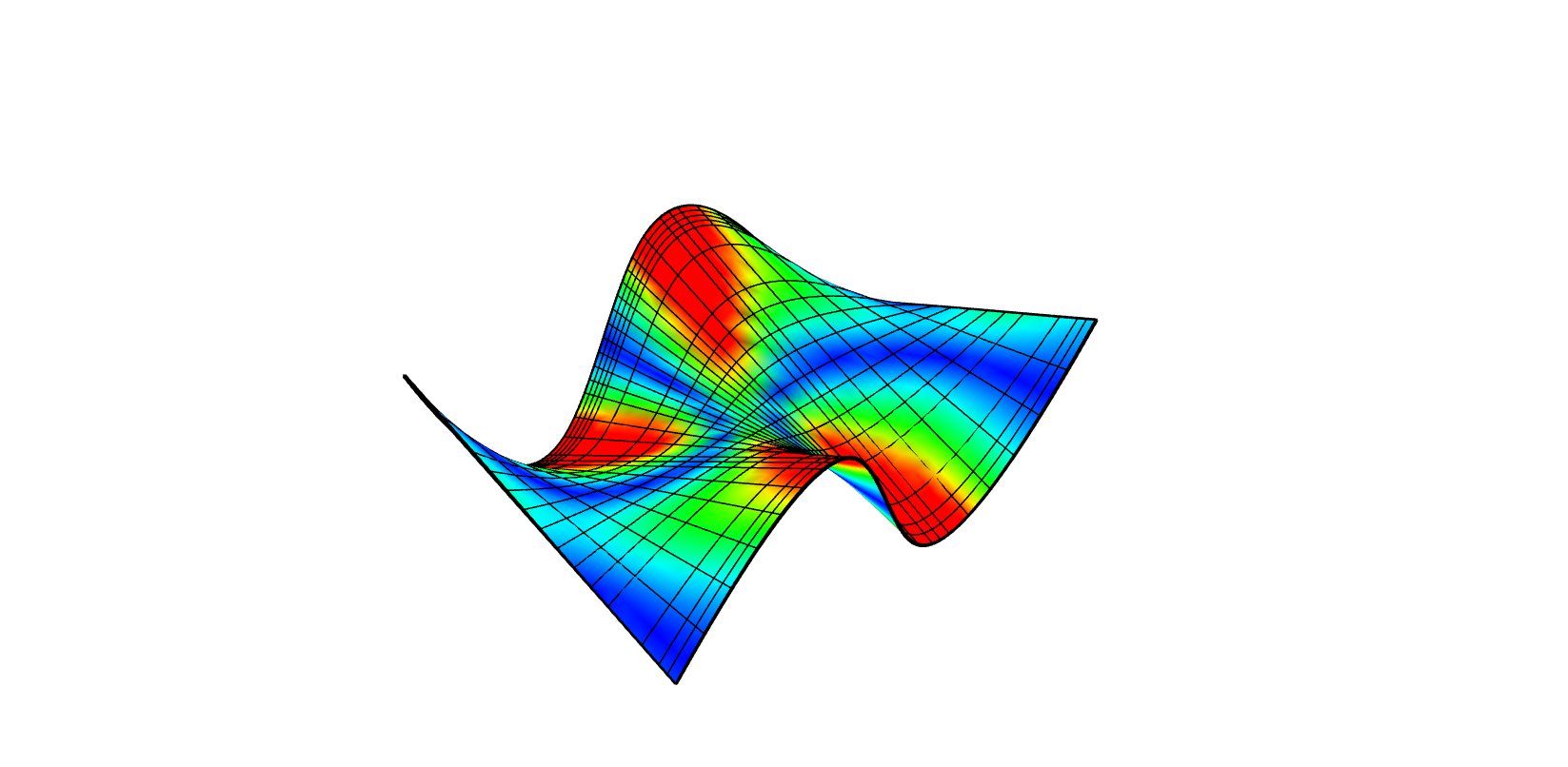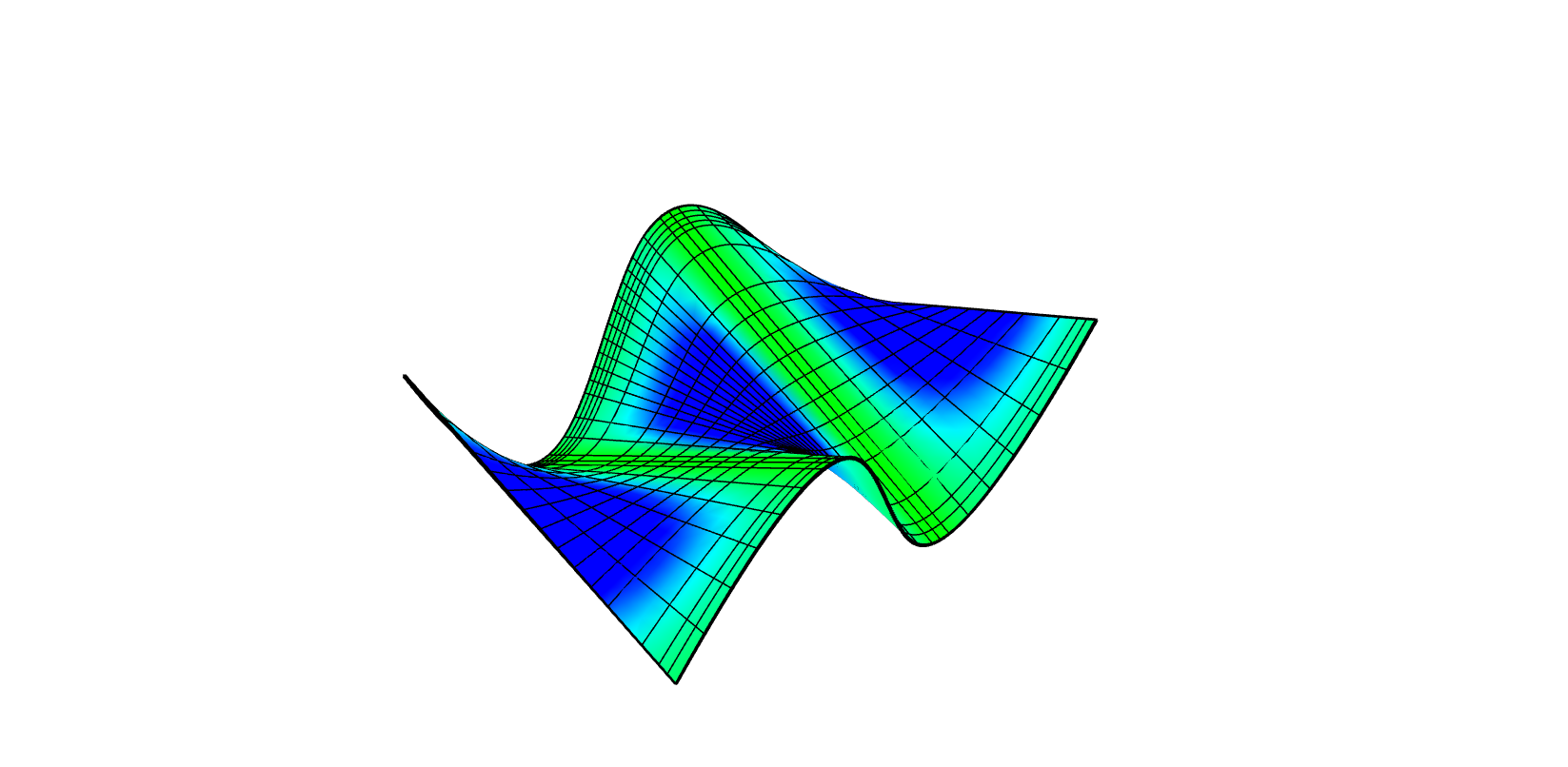Bachelor Of
Computational Design (CoDe)
A three year degree that helped me develop a design sense that is "computational" in multiple fields but with focus in Architecture. It was through this degree that helped me develop a "free form", curved style of design. The degree taught us a diverse amount of skills that reached from prototyping all the way to project delivery. With a heavy focus on Grasshopper (parametric modeling), the goal was to understand the future of design especially in Architecture.
In the projects displayed below, I have displayed my ability to perform skills such as
3D Modeling
Rendering
360 Animation (VR/AR links)
Technical drawings
Grasshopper Scripting
Prototyping
Game Engines
Research
Arch1101
Architectural Studio 1
For our first ever Architecture studio, we were given the task of designing our dream idea of a building built on top of the current built environment faculty in UNSW. This project is more to test our creativity abilities rather than realism. Whilst doing this project, in my other class of Computational Design Theory, I was learning about curvature design and how to hybridize both skin and roof into curves like a "skin". I tested this kind of design approach into this building and hence I got such an ambitious design. My design was heavily inspired by the Harbin Opera House by MAD architects.
Tutor: Rob Asher (COX Architecture)
Code 1240
Real Time Environments
Cinema Design
(PART A)
This course was most exciting for me. Throughout the semester, we were given each a random movie, that would determine the 'theme' for our design. Alike ARCH1101, the idea is to stretch creatively rather than attempting realism.
The movie that I was given was "Moon (2009)", which was a movie that explored sci-fi themes with multiple mono-toned color edits. This was a two part project, starting firstly, with the Cinema, and then creating a residential house afterwards.
Render
This is the axonometric render of my building. IT displays the basic context and shows off the dramatic curves that elevates the cinema space.
Axonometric View
The DNA wing strip resembles the themes of cloning and mutation as shown in the movie. The honey comb glass in the front resembles the pattern on solar panels, which I developed in the parametric program called Grasshopper.
Access Hallway
This is my design for the hallway and access to the theater. The two back areas are the restrooms and the front is the staircase that leads up to the theatre itself. This design was a bit challenging as the theatre was quite small, and didn't give many options in terms of accessibility.
Seating and Access
The red areas are the representation of a circulation/ wayfinding analysis. Whilst this seating design may seemed cramped, it also reflects the tight living circumstances of the residential area in the movie "Moon".
Front Section
The Front section of the building, it is evident to see the two side structures that elevates the center 'egg' theater that has all the seats and screen.
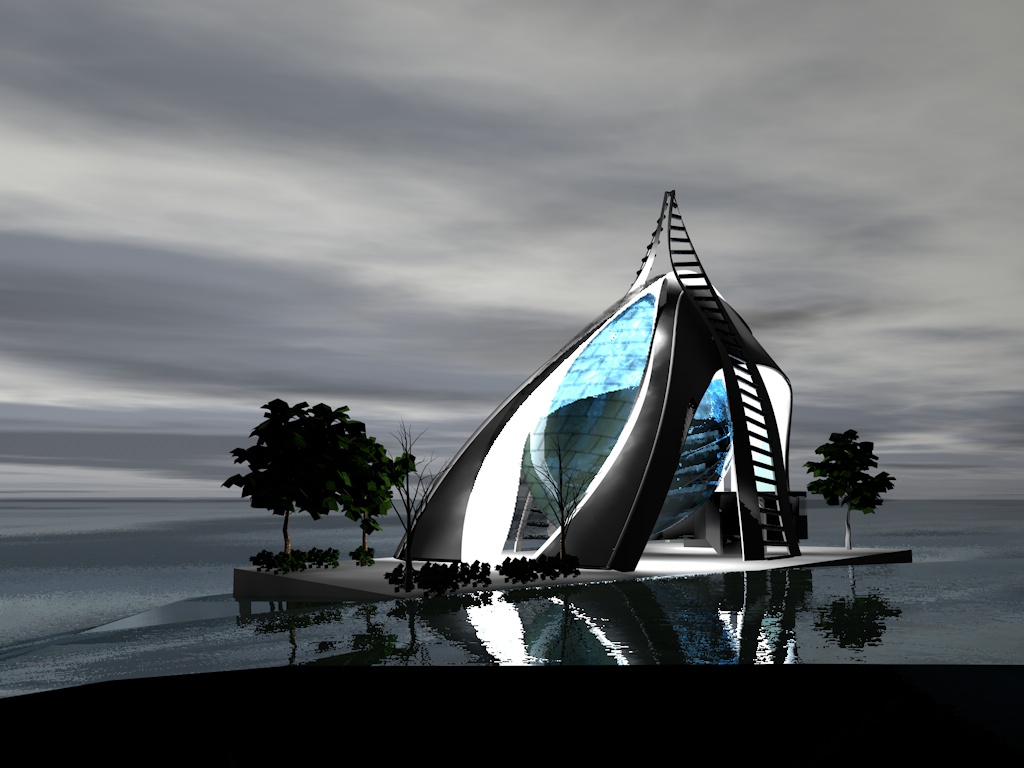
Code 1240
Real Time Environments (PART B)
In the design, I wanted to create a structure that was compartmentalized, clean, and spacious just like the buildings were in the movie "moon". I attempted to consider what it would mean to have a hybrid of both tight space, yet spatial atmosphere, Often i used many elements of glass, moveable elements and height advantages to create these effects. In the movie there were also many notes of organisms and plantations, hence my design in incorporate various applications of floral such as on the wall or in the center of the building.
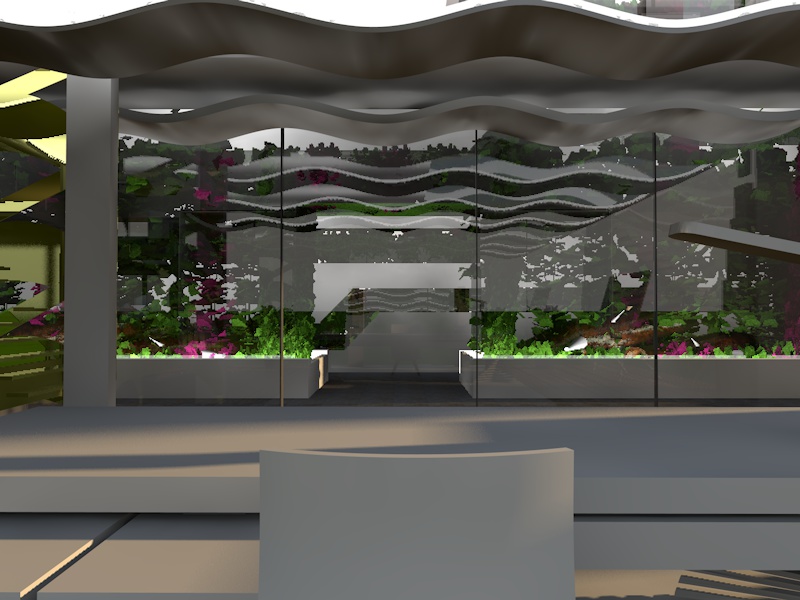
Study Room

Kitchen
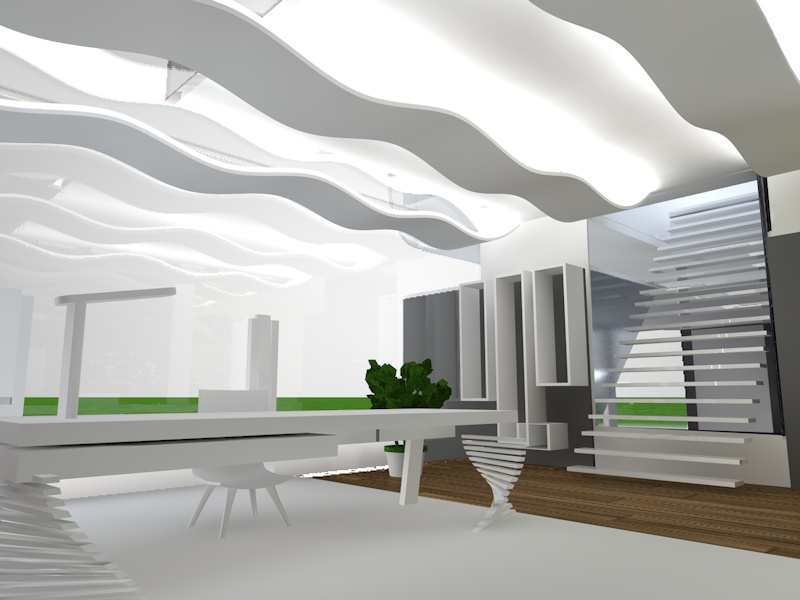
Study Room
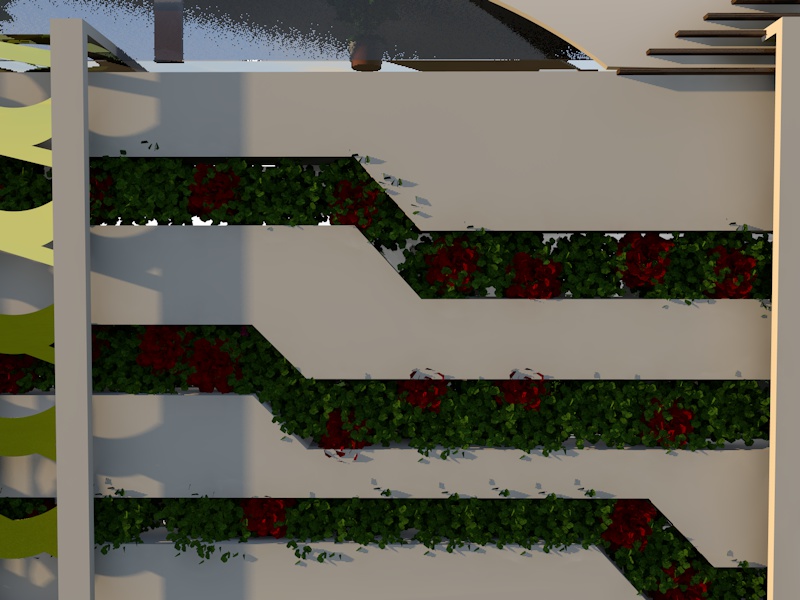
Feature Wall
Code 1230
Urban Modeling
This project required us to observe visual data that we imported as JSON into QGIS. Through the data collected and conclueded, we then had to create a fictional solution to solve whatever problem we found.
My team focused on the correlation between quality of education and distance from home to educational centers. We realized there was a correlation between travel time and increase in succession percentage for graduates, where, also the data was more evident in private schools. We concluded, private school's often had families which were able to afford housing closer to where they had education whereas public schools, often had to live further away.
Our solution was to create a centralised education system that consisted of 3 main towers that also had an easy of access transportation in between. Each 'tower' would have housing, classrooms and a health facility.
Arch1142
Architectural Communications
One of the most influential courses Ive ever experienced that focused on polishing communicating visual language. This course from start to finish was filled with hands on tips that raised the standard for me in nearly every aspect of visual language i had. We were each dedicated a case study on famous buildings that existed. I was given the pleasure to study the Kauffman House and then to use difference aesthetics to represent the building back to the tutors/ audience.
Tutor: Tiana Jane (BVN Architecture)
Advanced Computational Design
Updating a stadium with any design we want but with the restriction that it has to stand up on its own. A fun design course with a sprinkle of engineering and basic understanding of how beams and physics work. This course was an intermediate application of Grasshopper into design with the help of Karamba and Kangaroo.
Code1212
Tutor: Andrew Butler
(COX Architecture)
1
Kangaroo
Test Shape
Optimization
Our test shape to test with Kangaroo (physics
testers)
kangaroo returns with visual data of what the object would
deform into under certain loads or pressures
After the results are processed, we can apply an optimization
script to create more data + curves for us
2
3
Karamba testing
Karamba is the physics testing program for Grasshopper (Rhino3d)
These are the visual results shown above, however it also provides exportable data in the form of csv
Collaboration Design Studio
Code1142
Funded by ARUP, we were tasked to design a 'Reactive Pavilion' that was activated upon arrival of users using Arduino's and other technologies. This was the stage 2 prototype course, and our team was given the specific task of weight reduction, and noise reduction. The past design had panels that were too heavy for pneumatic systems and it was also really loud for the generators to be installed indoors.
Graduation Project
Real time interactive Simulations to inform decisions in wayfinding Design
In our last year of uni, we had to individually take on a graduation project or a mini thesis with the
help of an "industry partner". Architectus was the company that reached out to me and we tried to create a paper that explains how real time programs like UnReal Engine could shape the future of design workflow and decision making.
Supervisor: Ali Siddiqui (Architectus/BIM consulting)
